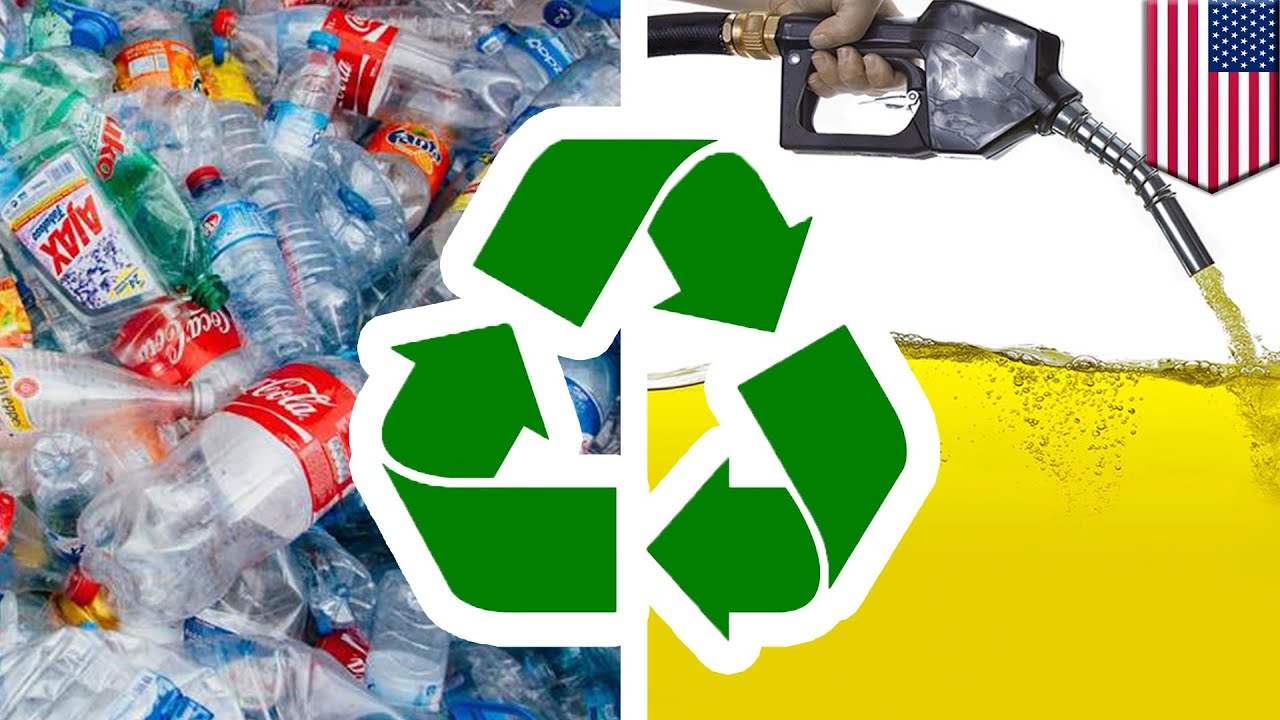The Growing Plastic Waste Problem
The United States generates over 35 million tons of plastic waste every year, and only around 9% of that is recycled. The rest ends up in landfills or is incinerated, polluting the environment. Plastic waste is piling up at an alarming rate as plastic production and consumption continue to rise in America. This unsustainable level of plastic usage and lack of proper waste management practices have created a plastic waste crisis that our planet simply cannot handle long-term. With traditional recycling and landfilling unable to keep pace, innovative new solutions are desperately needed to process the ever-growing tide of plastic trash.
Emerging Plastic-to-Fuel Technology
One promising emerging technology is U.S Plastic-to-Fuel, which converts mixed plastic waste into synthetic crude oil and other usable petroleum products through pyrolysis. In this process, plastic is heated in the absence of oxygen to break it down into hydrocarbon chains. The resulting pyrolysis oil or “syncrude” can then be refined into various fuels like diesel, naphtha, or waxes to be used in vehicles, machinery and blended into heating oil. Any byproducts like syngas can also generate heat or electricity. Several companies have begun building and operating plastic-to-fuel plants in the U.S. with the goal of diverting plastic waste from landfills while producing a renewable fuel source.
Benefits of Domestic Plastic-to-Fuel Production
There are several important benefits to developing a domestic plastic-to-fuel industry in America. First, it would provide a sustainable solution for processing the enormous tide of plastic waste generated each year instead of burying or burning it. By diverting millions of tons from landfills and incinerators annually, plastic-to-fuel plants could significantly reduce environmental pollution from plastic. It also gives new life to plastic materials by recycling them into transportation fuels, preventing the need for virgin fossil fuels to be extracted and burned. Producing synthetic crude oil from waste plastic on American soil creates a renewable energy source and enhances U.S. energy security by reducing dependence on foreign oil imports. Plastic-to-fuel plants also generate local “green” jobs in waste management and energy production industries.
Challenges and Opportunities
However, plastic-to-fuel technology also faces challenges that must be addressed for it to realize its full potential in the U.S. Securing a consistent supply of mixed plastic feedstock is crucial but complex given the fragmented municipal waste and recycling systems across states and regions. Additional sorting may be required to remove non-plastic contaminants that could damage conversion equipment. Synthetic crude produced also needs to meet fuel quality specifications set by refineries to be a commercially-viable replacement for petroleum. High capital costs and lack of economies of scale have also kept plastic-to-fuel plant sizes relatively small so far.
With further research and development, some of these issues could be overcome to encourage broader adoption of plastic-to-fuel in America. Building larger, more cost-efficient facilities could help processing capacity scale up to match the huge volumes of waste plastic generation nationwide. Developing partnerships between waste management companies, pyrolysis technology providers and oil refineries along the entire supply chain would smooth material flows. Favorable public policies around emissions reductions and renewable fuel blending mandates could also accelerate commercial deployment. If these opportunities are seized, plastic-to-fuel holds real promise as part of the long-term solution for America’s plastic waste crisis.
Economic and Environmental Impacts
Constructing enough plastic-to-fuel capacity to make a sizable dent in U.S. plastic waste would represent billions in new capital investment and result in thousands of new jobs across multiple sectors. By displacing the need for imported crude oil to produce transportation fuels, billions could also be retained annually within the American economy instead of exporting wealth overseas. Furthermore, powering vehicles and equipment with fuel refined from recycled plastic would contribute meaningfully to reductions in greenhouse gas emissions and other types of air pollution compared to using fuels derived from fossil reserves. On a large enough scale, a domestic plastic-to-fuel program could potentially achieve reductions measured in millions of tons of carbon emissions annually in the U.S. with attendant health and environmental benefits nationwide.
Policy Support is Key
For plastic-to-fuel technology to scale up from niche projects to a major contributor in plastic waste management strategies across the United States, strong policy support is essential. This includes financial incentives for companies developing plastics conversion facilities. Providing low-interest loans and tax credits could offset higher initial capital costs until economies of scale lower plastic-to-fuel production costs over time. Renewable fuel volume mandates that include synthetic fuels from plastics would establish plastic-to-fuel as part of the national renewable energy strategy while creating long-term offtake agreements for product. Research funds allocated to improve and optimize plastics pyrolysis technology would also pay dividends by expanding competitive made-in-USA solutions. With a mix of advantageous policies, plastic-to-fuel has great potential to power a waste-to-fuel circular economy in the United States addressing plastic waste, renewable energy and environmental issues simultaneously.
*Note:
1. Source: Coherent Market Insights, Public sources, Desk research
2. We have leveraged AI tools to mine information and compile it



